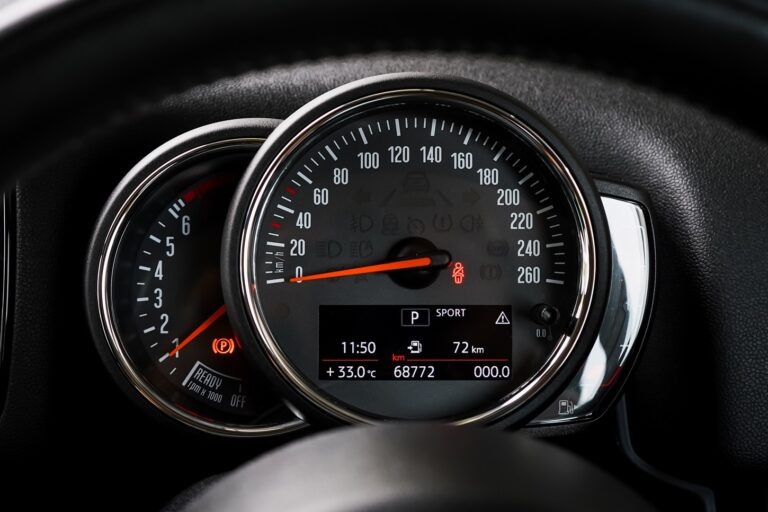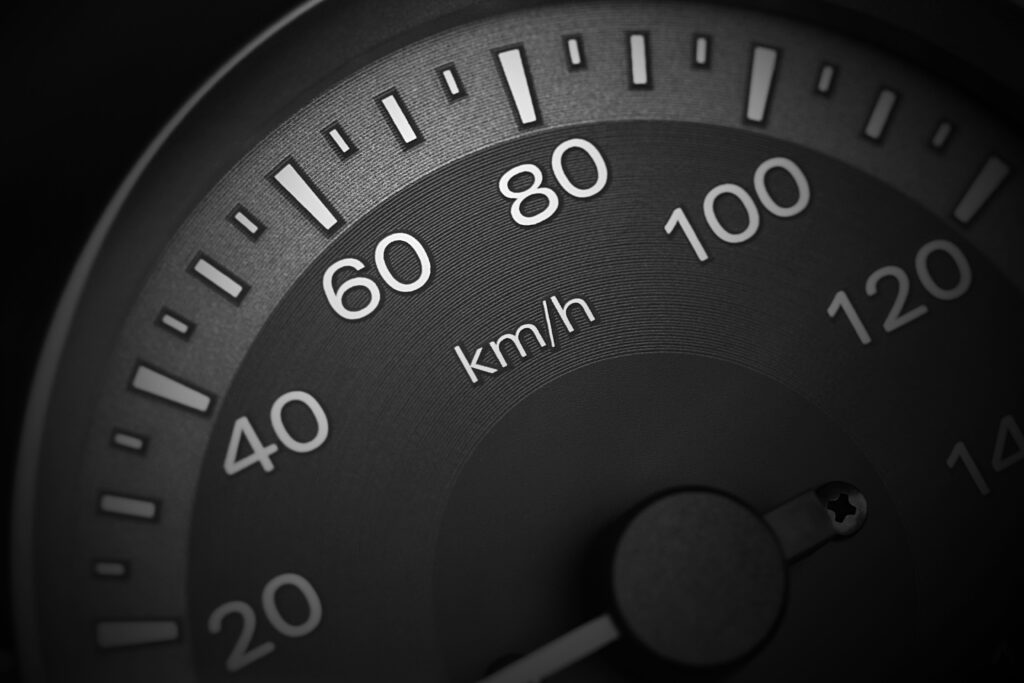How to spot odometer fraud and check your mileage correctly
Why odometer reading is important when buying a used car
The car’s odometer isn’t just a number on the dashboard — it’s a snapshot of the vehicle’s life. For car owners, it influences resale value, and insurance.
With odometer fraud growing, knowing how many miles a car truly has is essential. So, how do I stay safe? Start with a VIN report using vingurus.com odometer check by vin free. This tool compares declared mileage against verified records and helps avoid expensive mistakes.
How odometer work differs in mechanical and electronic odometers
Car’s odometers measure the distance traveled and come in different forms:
Mechanical odometer
A mechanical odometer uses gears and a cable to count miles driven. Easy to tamper, it’s common in older cars and shows lower mileage after rollback.
Electronic odometer
The electronic odometer uses sensors and memory to record usage. Found in modern vehicles, it’s more secure but still vulnerable to digital tampering.
Digital odometer
A digital odometer is a screen-based electronic odometer. It looks reliable but can be altered via the vehicle’s system. Always verify its accuracy.
Why odometer reading important for fuel efficiency, repairs, and resale value
A car odometer reading saves you from poor decisions. Here are several reasons why:
- Repairs: High-mileage cars often need major fixes.
- Fuel: Effectiveness drops over time.
- Depreciation: More miles means less value.
- Maintenance: Follows a mileage schedule.
This data shapes the future of the vehicle — from engine life to costs.
How do I check my odometer for an accurate reading
To get a precise reading, follow these steps:
- Look at Maintenance Logs – Check for logical mileage increases.
- Check Wear – Seat, pedal, and steering wear should match miles.
- Get a VIN Report – Validate records and the number of miles.
- Inspect the Instrument Cluster – Loose screws or scratches can signal tampering.
- Ask How Many Miles – Question the seller directly.
What you should know about odometer resets
Odometer resets happen legally only after part replacement. Most are fraudulent. Devices can plug into a port and rewrite stored data, altering the digital display. Even with a clean screen, the memory might be compromised. Signs of suspicious odometer work include mismatched trip meter readings and sudden mileage drops.
How trip meter and tire use help verify odometer work
The trip meter tracks distance since the last reset. Use it to track miles after a fill up. If the fuel used doesn’t align, question the reading. Also, check tire condition. Excessive wear with low mileage is a red flag. Frequent tire rotations or new tires on a 20,000-mile vehicle? Unlikely.
Spotting the signs of odometer fraud in used cars
Here’s how to catch fraud before it catches you:
- Uneven digits on mechanical odometers
- Freezing screens or glitches in electronic odometers
- Excessive wear on the dashboard
- Repeated trip meter resets
- Gaps in service data
Typically, even small errors in mileage can cost big.
Legal penalties and buyer protections for odometer fraud
Altering an odometer is a federal offense. The Odometer Act mandates disclosure of true mileage.
Sellers who commit fraud risk fines and jail. Buyers can sue and recover damages with proof — including reports from tools like vingurus.com and photos of the instrument cluster.
How many miles are too many? Mileage, value, and price explained
So, how many miles are acceptable on a used car?
It depends. A 100,000-mile vehicle may be reliable with proper maintenance. But 50,000 miles on a neglected vehicle? Risky.
Mileage affects:
- Major repairs
- Fuel consumption
- Lifespan of key parts
- Engine wear
Don’t judge by numbers alone — evaluate condition, model year, and history.
Trip meter, speedometer, and proper reading: Final cross-checks
The trip meter helps validate the car’s odometer work. Restart it, drive a set route, and compare fuel used.
Watch the speedometer for smooth motion. If it jumps or lags, the system may have been tampered with. Combined, these tools verify the accuracy of your odometer reading.
Why accurate reading still requires a manual odometer check
Despite digital systems, human inspection is key to a detailed reading. Most cars — even new ones — need real-world evaluation.
Examine the dashboard, touch surfaces, feel the wheel, test the speed, listen to the engine. True mileage is written in wear — not just in data.
FAQ
- How do I check the odometer if I suspect it’s been tampered with?
Use a VIN check, inspect for wear, verify maintenance, and look at the instrument cluster.
- Can a digital odometer be hacked?
Yes. Diagnostic tools can access and alter stored odometer data.
- Does the trip meter help detect odometer fraud?
Absolutely. Frequent resets or mismatched distance traveled raise red flags.
- How many miles is too many on a used car?
Depends on the model year and care. Over 100,000 miles is fine if it’s well maintained.
- Why is odometer reading important when buying a used car?
The significant factor is that it affects everything — from fuel and repairs to resale and deflation and how long the car will last.


